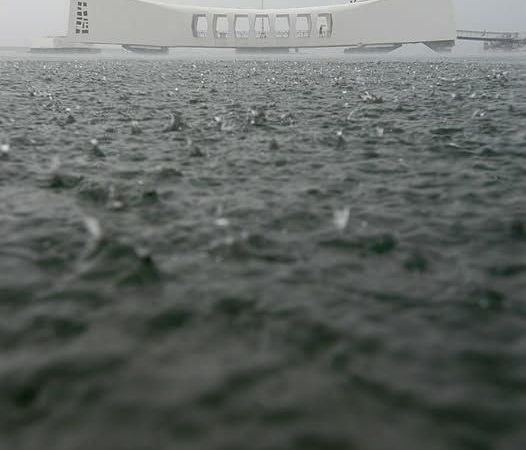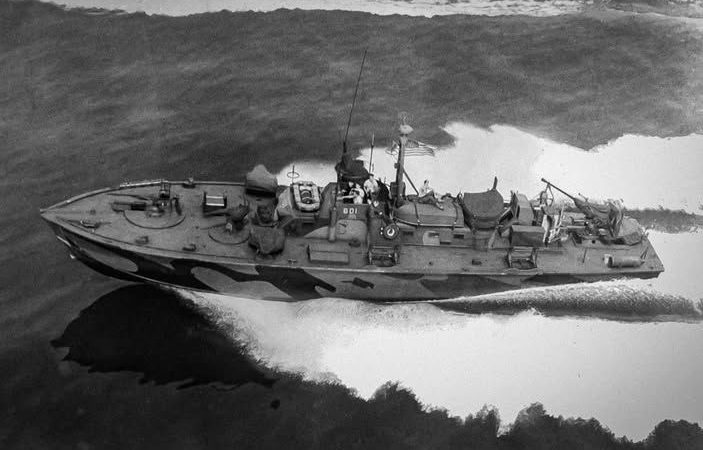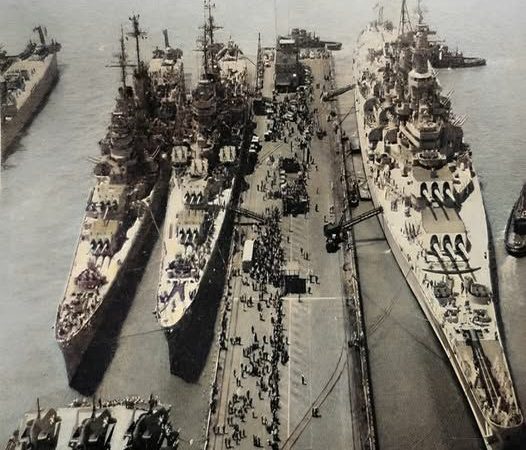The Japanese Cruiser Atago: High-Speed Trials and the Evolution of the Takao-Class Heavy Cruisers
The Japanese cruiser Atago, a member of the Takao-class heavy cruisers, represents a significant evolution in the Imperial Japanese Navy’s (IJN) design philosophy during the interwar period. As a flagship for several major naval operations during World War II, Atago was an integral part of the Japanese fleet, combining speed, firepower, and advanced engineering. The high-speed trials of Atago not only demonstrated the ship’s capabilities but also highlighted the broader technological advancements that characterized the Takao class.
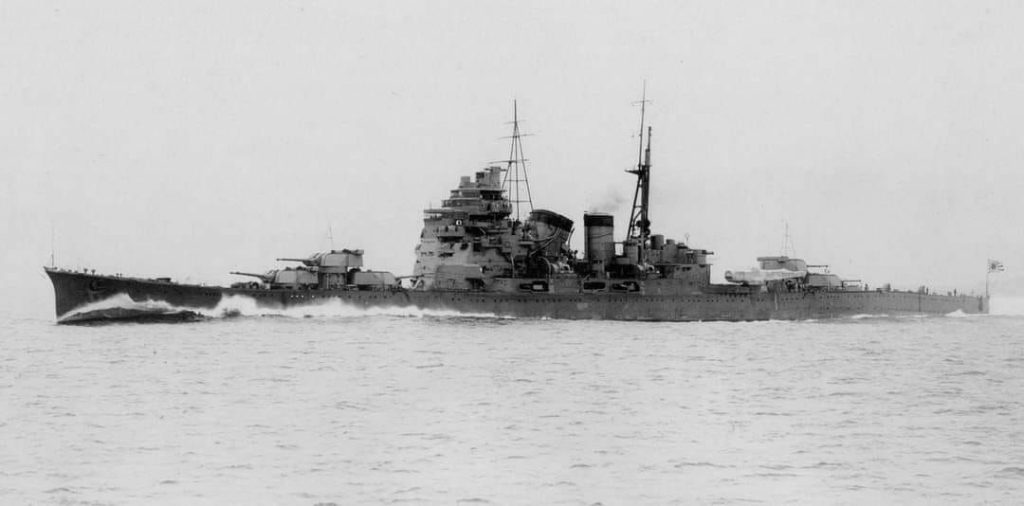
The Takao-class cruisers were developed as an improvement over the preceding Myoko class, which had been designed to meet Japan’s needs under the limitations imposed by the Washington Naval Treaty of 1922. This treaty sought to limit naval armament after World War I, placing constraints on the size and number of warships each major power could maintain. Within these limitations, Japanese naval architects sought to create vessels that were powerful, fast, and capable of long-range operations.
The Takao class consisted of four ships: Takao, Atago, Maya, and Chokai, with Atago being completed in 1932. These cruisers were designed to be faster and more heavily armed than their predecessors. They featured a heavier main battery of 10 203mm (8-inch) guns, enhanced anti-aircraft weaponry, and improved torpedo launchers, making them formidable opponents for any adversary.
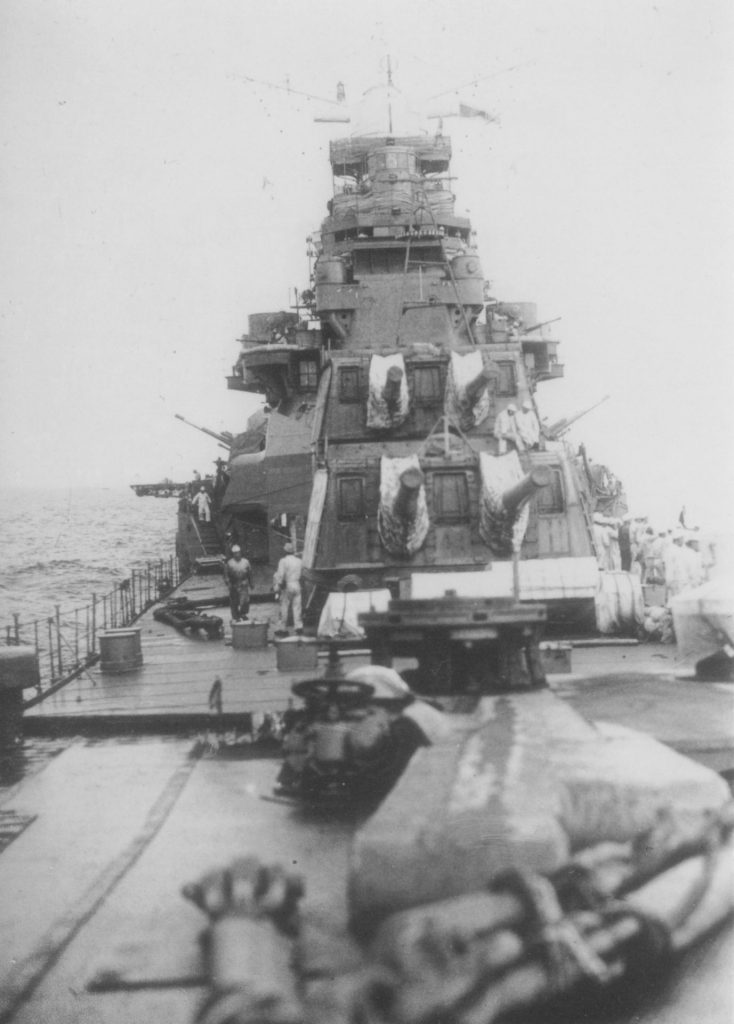
During the high-speed trials, Atago exceeded expectations, demonstrating an impressive top speed of approximately 35 knots (64.8 km/h). These trials were critical for assessing the ship’s performance under stress and ensuring that it met the rigorous demands of naval warfare.
The key to the cruiser’s speed lay in its powerful propulsion system. The ship was powered by 12 oil-fired boilers connected to four steam turbines, which together produced over 130,000 horsepower. This advanced engine setup allowed Atago to reach high speeds while maintaining long-range capabilities, crucial for the Pacific Theater, where Japan’s naval forces often operated over vast distances.
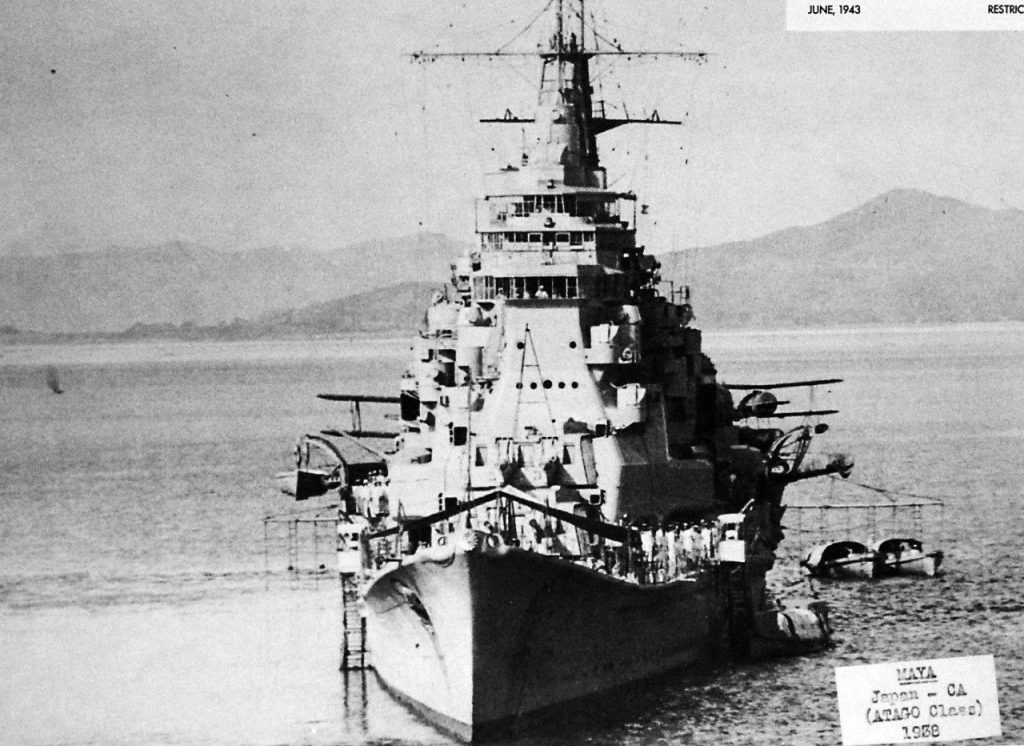
The trials also confirmed that the Takao-class design improvements, such as the streamlined hull and reinforced superstructure, contributed to both speed and stability. This combination of agility and strength was essential in ensuring that Atago could perform in a variety of combat scenarios, from escorting aircraft carriers to engaging enemy fleets in direct combat.
The Takao class introduced several design innovations that set it apart from earlier cruiser models. One of the most notable features was the tall, bulky bridge structure, which provided better command visibility and control. This distinct feature, however, made the ships top-heavy, and stability issues became a concern early on. Modifications were made during the late 1930s to address these issues, including the reduction of top-side weight and adjustments to the armor plating.
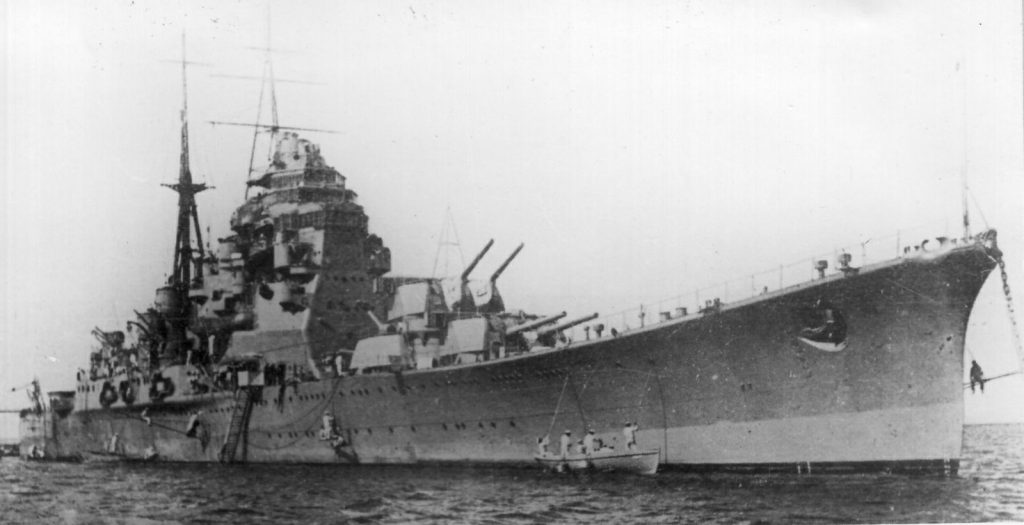
Atago and her sister ships were also equipped with advanced torpedo armament, including the famed “Long Lance” torpedoes, which were considered the most powerful naval torpedoes of the era. These torpedoes had a longer range and greater explosive power than those of other navies, giving Atago an edge in night engagements and long-range battles.
Throughout World War II, Atago participated in several key naval engagements, including the Battle of the Coral Sea, the Battle of Midway, and the Battle of Leyte Gulf. However, despite its advancements and capabilities, Atago met its end in October 1944 during the Battle of Leyte Gulf, when it was sunk by torpedoes from an American submarine.
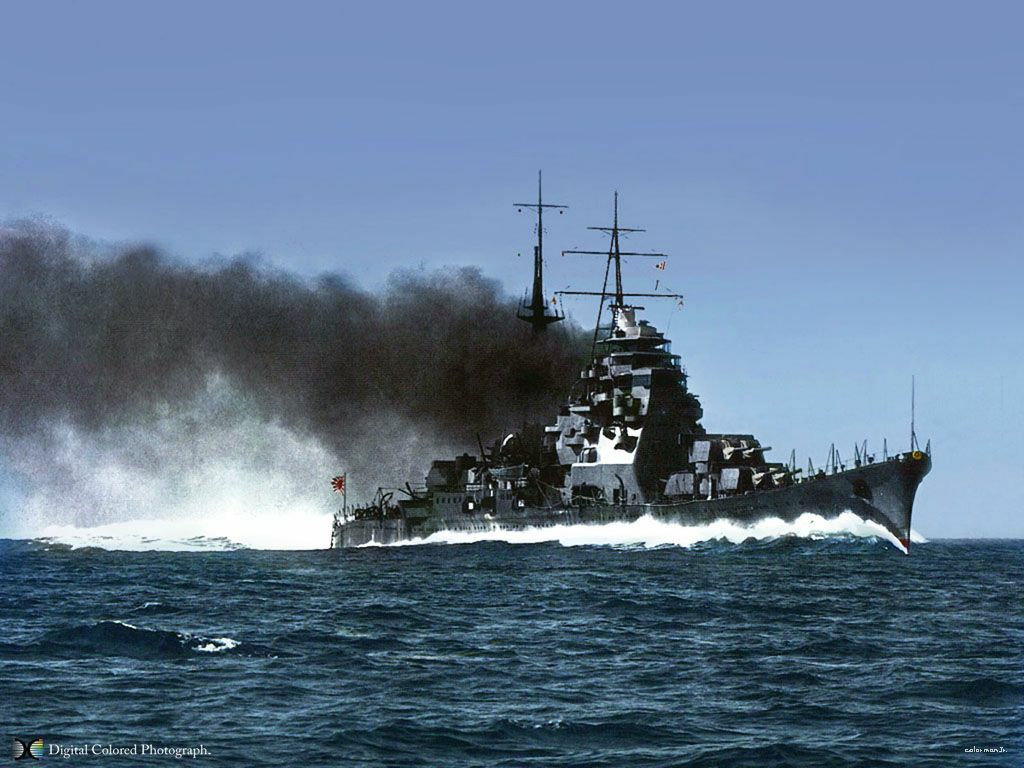
The Takao-class cruisers, and Atago in particular, represented the peak of Japanese heavy cruiser design during the interwar period. Their speed, firepower, and range made them ideal for Japan’s naval strategy, which relied heavily on cruiser-led formations to engage enemy fleets and protect vital convoys.
The high-speed trials of Atago underscored the ship’s advanced engineering and helped solidify the Takao class as one of the most formidable cruiser designs of its time. Even though Atago and its sister ships were eventually lost during the war, their influence on naval design, particularly in Japan, was lasting. They were a testament to the technological and strategic ambitions of the IJN as it sought to challenge the naval dominance of the United States and its allies in the Pacific.
In conclusion, Atago was more than just a warship—it was a symbol of Japan’s naval power and its quest for supremacy in the Pacific. The high-speed trials were a critical component of ensuring the ship’s readiness for the grueling demands of wartime operations, and the evolution of the Takao-class reflected the broader innovations in naval technology that occurred in the years leading up to World War II.

